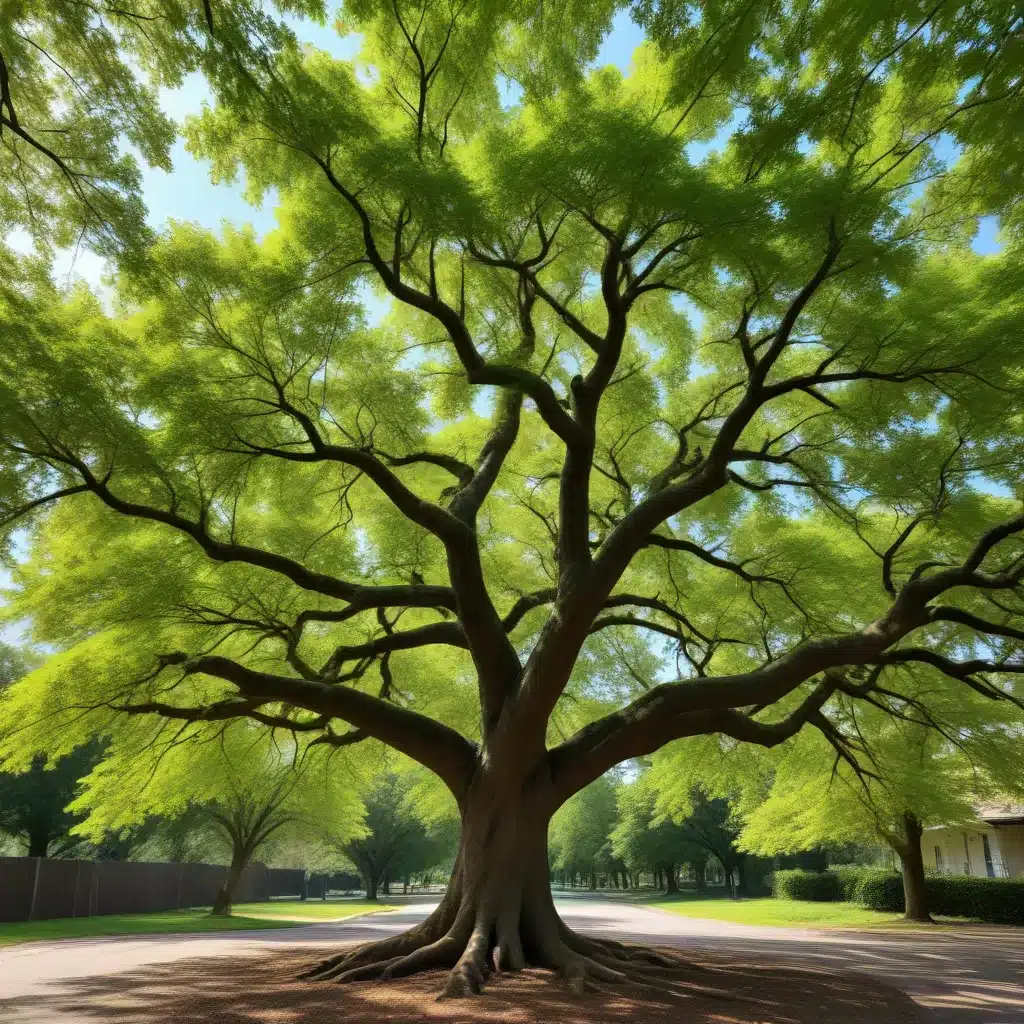
The Zelkova tree, a member of the elm family, stands as a remarkable ornamental and shade tree, revered for its captivating foliage, robust structure, and exceptional ecological adaptations. As a specialist in arboriculture, I am delighted to delve into the fascinating world of this distinctive species, exploring its botany, cultural significance, and landscape applications.
Botany and Taxonomy
The Zelkova tree (Zelkova spp.) belongs to the Ulmaceae family, closely related to the iconic American elm (Ulmus americana) and the Chinese elm (Ulmus parvifolia). This genus encompasses six species, each with its unique characteristics, native to various regions across Asia, including Japan, Korea, and the Caucasus Mountains.
Zelkova Tree Classification
The genus Zelkova is classified within the order Ulmate, a group of deciduous trees renowned for their impressive stature and valuable timber. Within the Zelkova genus, the most commonly cultivated species include the Japanese Zelkova (Zelkova serrata), the Caucasian Zelkova (Zelkova carpinifolia), and the Taiwanese Zelkova (Zelkova tarokoensis).
Zelkova Tree Taxonomy
Taxonomically, the Zelkova tree is classified as follows:
- Kingdom: Plantae (Plants)
- Division: Tracheophyta (Vascular plants)
- Class: Magnoliopsida (Dicots)
- Order: Ulmates
- Family: Ulmaceae (Elm family)
- Genus: Zelkova
- Species: Varies (e.g., Zelkova serrata, Zelkova carpinifolia, Zelkova tarokoensis)
This precise taxonomic placement highlights the Zelkova tree’s close evolutionary relationship with other members of the elm family, sharing many morphological and ecological characteristics.
Tree Morphology
The Zelkova tree’s distinctive features, from its intricate foliage to its robust structure, contribute to its remarkable visual appeal and adaptability within various landscapes.
Zelkova Tree Leaves
The Zelkova tree’s leaves are typically ovate to oblong in shape, with serrated or crenate margins. The leaf surface is smooth and glossy, ranging in color from bright green to deep, rich hues. In the autumn, the Zelkova’s foliage transforms, displaying a captivating array of golden, orange, and reddish-purple tones, adding a stunning seasonal display to the landscape.
Zelkova Tree Bark
The Zelkova tree’s bark is one of its most distinctive features, characterized by a mottled, exfoliating pattern that reveals shades of gray, brown, and sometimes reddish-orange hues. As the tree matures, the bark develops a distinctive, flaky texture, adding visual interest and tactile appeal to the overall aesthetic.
Zelkova Tree Structure
The Zelkova tree is known for its graceful, vase-shaped silhouette, with a broad, spreading canopy and a sturdy, well-defined trunk. The branches are arranged in a symmetrical pattern, creating a visually appealing and balanced appearance. The tree’s overall form is often described as elegant, making it a popular choice for landscaping and urban settings.
Ecological Adaptations
The Zelkova tree’s remarkable adaptability and resilience have contributed to its widespread cultivation and ecological significance.
Zelkova Tree Growth Habits
The Zelkova tree is renowned for its fast growth rate, particularly during its early development stages. Depending on the species and growing conditions, Zelkova trees can reach heights of 50 to 80 feet (15 to 24 meters) and develop broad, spreading canopies that can span 40 to 60 feet (12 to 18 meters) in diameter.
Zelkova Tree Environmental Preferences
The Zelkova tree thrives in a wide range of climates and soil conditions, making it a versatile choice for various landscape applications. It prefers well-drained, moist soils but can also tolerate drier, more challenging environments. The Zelkova is adaptable to both full sun and partial shade, allowing it to flourish in a variety of settings.
Zelkova Tree Resilience
One of the Zelkova tree’s most remarkable qualities is its exceptional resilience and adaptability. The species is known for its tolerance to urban stressors, such as air pollution, soil compaction, and de-icing salts, making it a popular choice for street trees and urban plantings. Moreover, the Zelkova’s resistance to Dutch elm disease, a devastating fungal infection that has decimated many elm populations, further enhances its value as a substitute for traditional elms in landscaping.
Cultural and Historical Significance
The Zelkova tree has a rich cultural heritage, with deep roots in various horticultural and artistic traditions across the globe.
Zelkova Tree in Horticulture
The Zelkova tree has long been revered in Asian horticulture, particularly in Japan, where it has been cultivated for centuries. The species is renowned for its use in traditional Japanese gardens, where its elegant form and vibrant autumn foliage are highly prized. In the Western world, the Zelkova has gained popularity as an ornamental and shade tree, prized for its aesthetic appeal and adaptability to diverse landscape settings.
Zelkova Tree in Traditional Culture
In traditional East Asian cultures, the Zelkova tree has held significant symbolic and spiritual importance. In Japan, the species is associated with longevity, prosperity, and the cycle of life, with ancient Zelkova trees often being revered as sacred or ancient specimens. The Zelkova’s resilience and long lifespan have also made it a popular choice for bonsai cultivation, where its distinctive features are showcased in miniature form.
Zelkova Tree Conservation Efforts
Given the Zelkova tree’s cultural and ecological value, conservation efforts have been undertaken to protect and preserve the species, particularly in its native habitats. Organizations and government agencies in regions such as Japan, Korea, and the Caucasus Mountains have implemented programs to monitor and safeguard Zelkova populations, ensuring the continued existence of this remarkable tree for generations to come.
By understanding the Zelkova tree’s distinctive characteristics, from its captivating botany to its cultural significance, we can appreciate the true value this species brings to our landscapes and ecosystems. Whether you are a homeowner, landscape designer, or nature enthusiast, the Zelkova tree offers a wealth of benefits, making it a must-have addition to any TriCounty Tree Care project or personal garden. Embrace the Zelkova’s enchanting qualities and discover the myriad ways this remarkable tree can enhance the beauty and ecological balance of your outdoor spaces.


